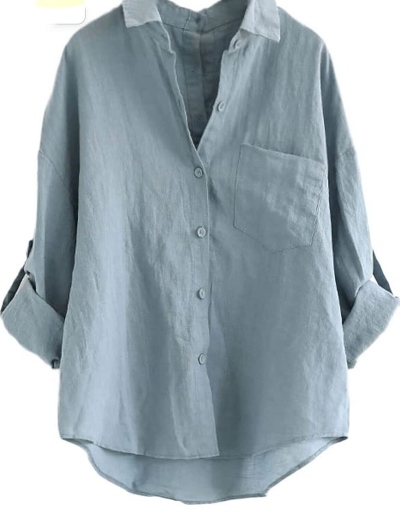
As a Tour Leader, the number one question I get from travelers is “Is it really true I can’t wear shorts or a tank top while visiting a temple in a hot and humid climate?” Yep! It’s very true. Not only must you cover your shoulders and knees, but in some cases, you need to cover your arms and ankles. This goes for men and women alike, but there are countries or even regions in countries where the customs are more relaxed. I advise travelers on my trips well in advance to come prepared for the most conservative scenario and then each evening I brief them on what to wear the following day.
Many travelers will listen to friends who’ve made a similar trip, or read another guide’s suggestions, which is great, but those words of advice could be related to a visit to a temple in another region. An example is what is perfectly acceptable to wear at Big Buddha Temple in Koh Samui will be too conservative for Wat Pho in Bangkok where legs need to be more covered. Further some local guides are more particular about what they allow the members of their groups to wear in a temple (sadly some may have given in to the pleas of their customers).
The whole point is not to try to “get away” with breaking a rule just to be a bit more comfortable; the point is to be respectful while honoring another country’s traditions and beliefs. For women travelers, this means ¾ capris are usually acceptable, but a pair of long pants or skirt should be packed as well. For men, the same longer capris are almost always acceptable but long pants need to be packed just in case. For both women and men, a sleeveless shirt or short sleeved shirt can be work with a tunic or button up blouse over that can be left open worn over the shirt. The top layer can be removed when leaving the temple. Some suggestions are listed below. Even when your itinerary has been carefully planned, you want to leave room for the spontaneous stops that may present themselves.
Thailand and Cambodia (and Vietnam, Laos, and Burma) are usually more causal than Bali. Walking shoes are much better than flip flops in many rural temples or temples with ruins, but be prepared to take them off for entry. Don’t try to wear them inside any temple. A good bet is to wear a brand of slide type sandals with traction on the bottom. Some travelers wear no-show socks or peds because the ground can get quite hot, however, this may not be allowed in all temples.
Bali and some very touristy temples in the rest of Southeast Asia rent “temple garments” such as sarongs or other forms of appropriate cover-up and sashes (Bali). If you are visiting a temple on your own, pay close attention to the signs before entering. You don’t want to be “overdressed” either, especially on a very hot and humid day. ALWAYS take the advice of guides (even if they aren’t YOUR guide) or temple employees even if you think you are properly dressed. It is respectful to heed their advice and they aren’t trying to steer you wrong. You will likely see tourists not following these guidelines; they simply might not know better.
Short shorts are NEVER appropriate anywhere in Southeast Asia except at the beach or on an island. You might be able to get away with it on Khaosan Road, however if you want to visit a temple (there are two nearby), you won’t be able to enter because you wore those shorts. Try to keep them over 4” long as a general guideline. Tank tops are fine anywhere that is not a designated religious location. Your photos will come out better too if you are dressed up somewhat.
While clothes in Asian countries tend to be made for petite and small frames, they are making clothes sold in tourist destinations a bit larger these days. If you look, you can find “elephant” or boho pants in any size. These are great for temple outfits because they are made of light fabric. If your itinerary allows for shopping before your first temple visit, this is a great option for the minimalist packer.
Here are a few suggested outfits for “temple days” during travel:
(click an image to view)







